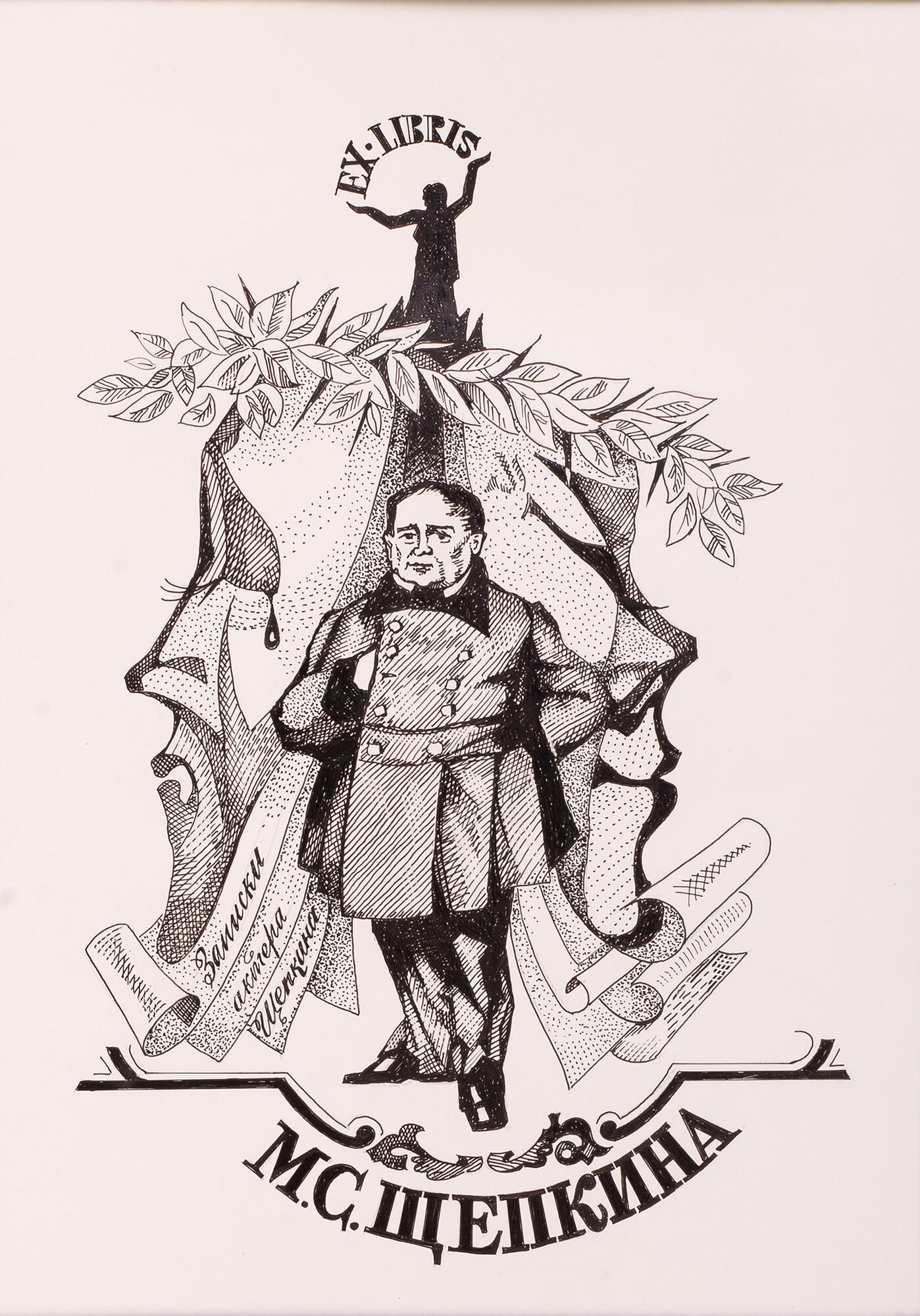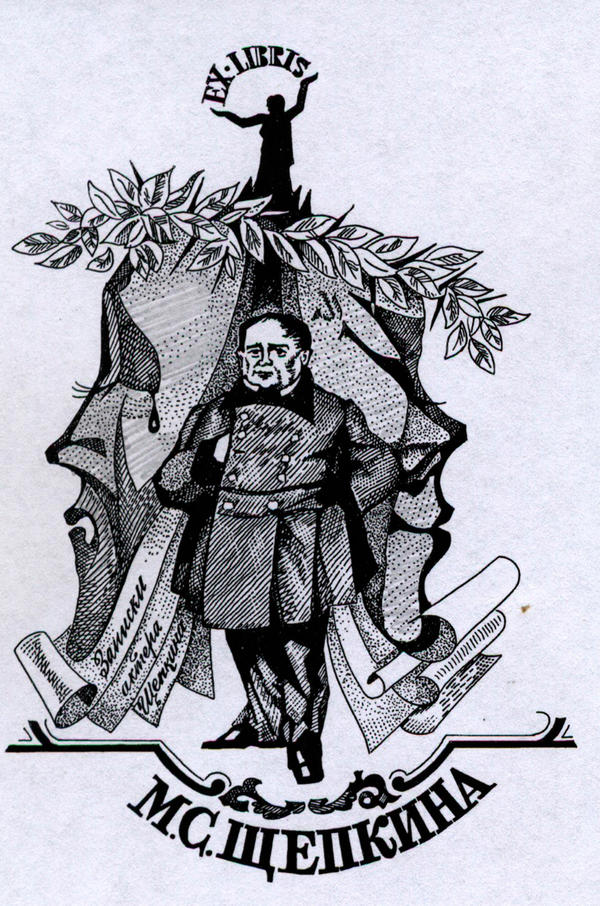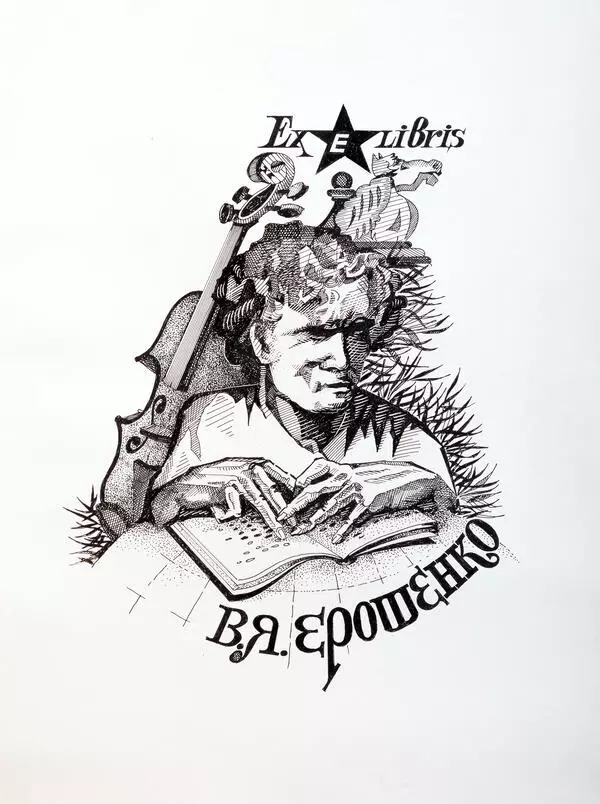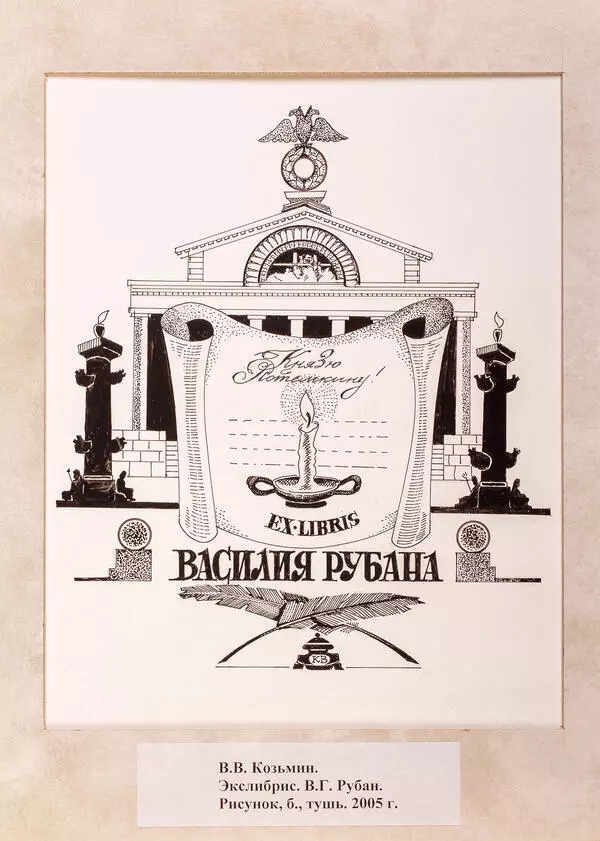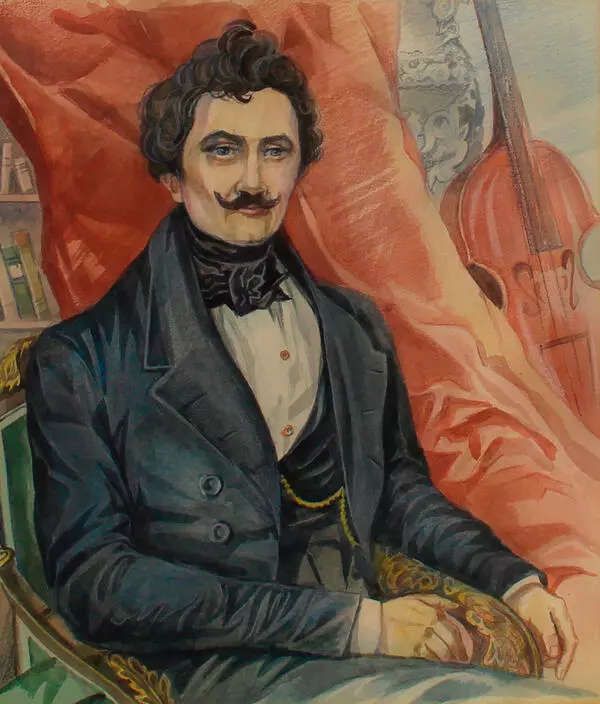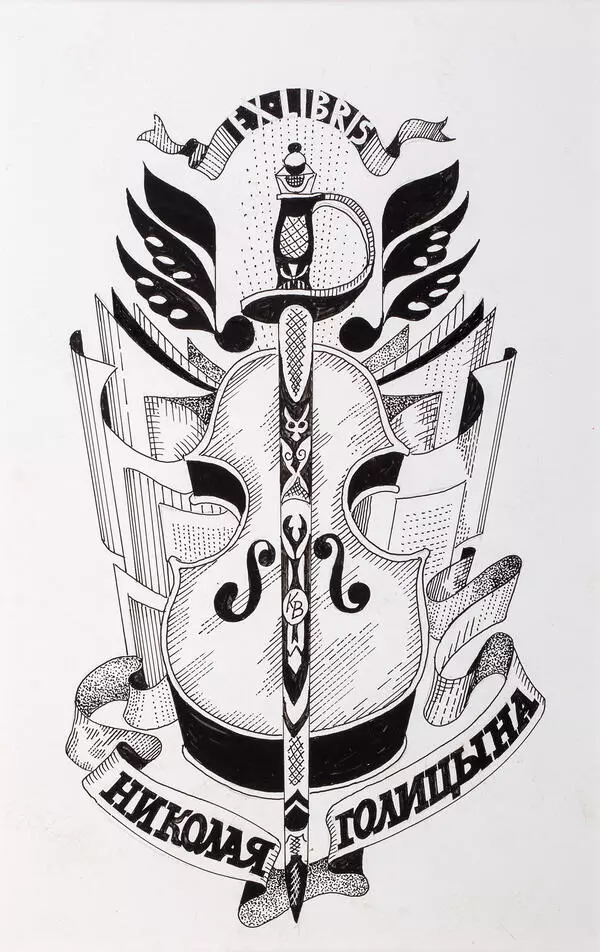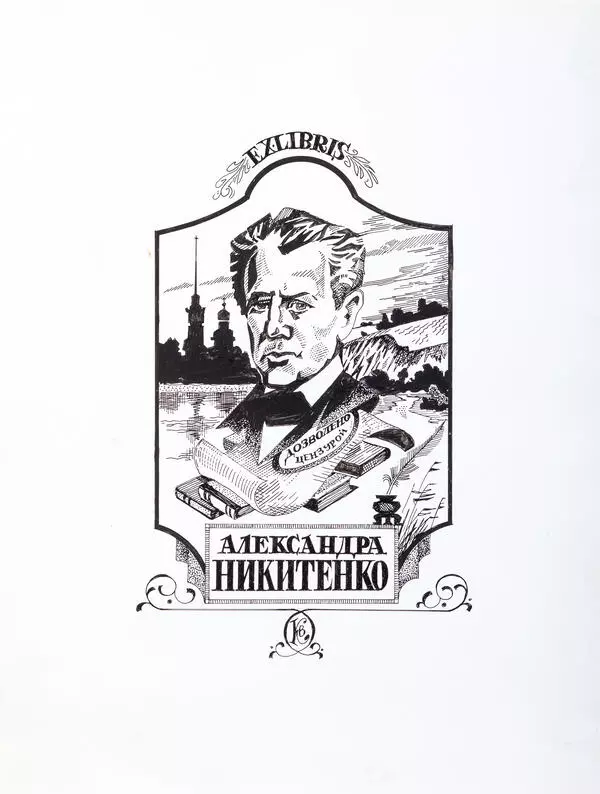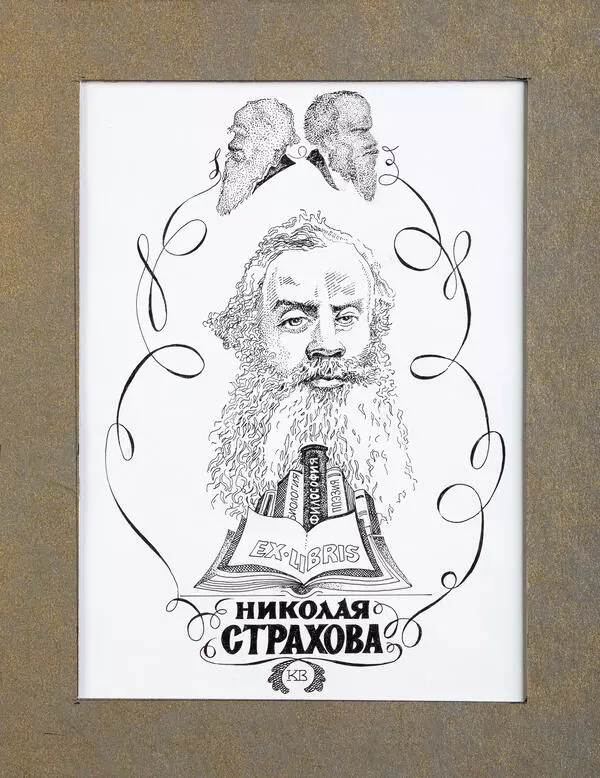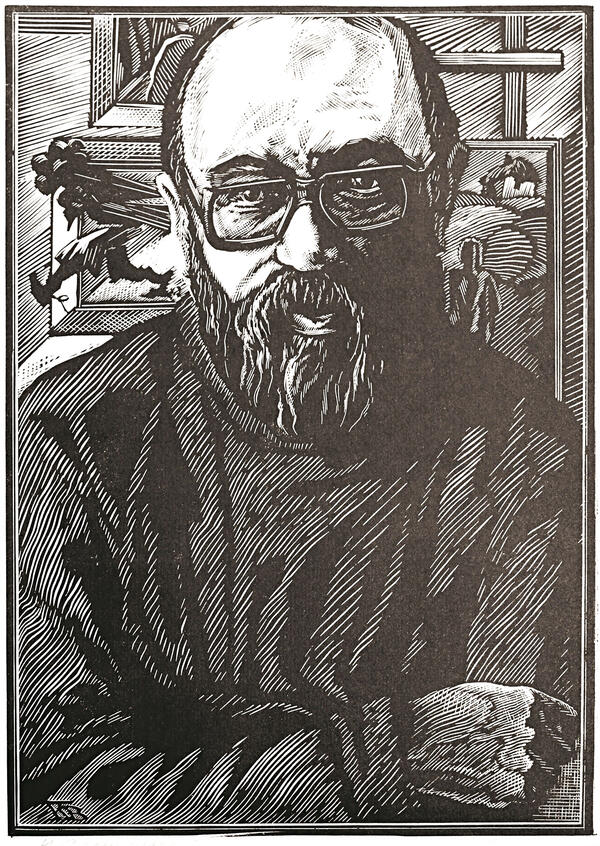Mikhail Semyonovich Shchepkin was born in 1788 into a family of serfs, who served Count Gavrila Semyonovich Volkenstein, and was the actual founder of Russian realist acting, a friend of Nikolay Vasilyevich Gogol, Vissarion Grigoryevich Belinsky and other famous people of art.
As early as childhood, Mikhail was distinguished with good memory and creativity, which allowed him to quickly learn how to read and write and be in his masters’ good graces. It was in the count’s house that he became acquainted with theater. After he had been accepted straight to the second grade of a school in the town of Sudzha, Shchepkin made his first appearance on stage in Alexander Petrovich Sumarokov’s comedy “Nonsense”. After the Sudzha school, he enrolled in the Kursk governorate school, and, as a special encouragement, was given access to the library of the writer Ippolit Fyodorovich Bogdanovich. Having discovered the Barsov brothers’ theater, Mikhail became its frequent visitor: he watched the actors, prompted, and copied down the roles.
After successfully graduating from the school, he received permission from the count to join the troupe, and his debut role in the drama “Zoé” by Louis-Sébastien Mercier earned him recognition from the public.
With the assistance of Prince Nikolay Vasilyevich Repnin, Shchepkin was granted freedom at the age of 33; after that, he started working for the Maly Theater in Moscow. It took him a lot of effort to become a real Moscow actor, and not only a character one: he had to adopt a metropolitan accent and certain movement patterns. Mikhail Shchepkin played dramatic and tragic roles, but he was mostly known as a comic actor and reader. His best performances included the roles of Famusov from “Woe from Wit” by Alexander Sergeyevich Griboyedov and the Mayor from “The Government Inspector” by Nikolai Vasilyevich Gogol, as well as satirical types of noblemen in the plays by Alexander Pushkin, Alexander Ostrovsky, Ivan Kotliarevsky, and Alexander Sukhovo-Kobylin.
In 1825–1855, according to the historian and publicist Mikhail Petrovich Pogodin, Mikhail Shchepkin was no longer just an actor but “an interpreter who complemented the great masters of the stage.” He strove to create living images and be a “sympathetic actor”.
While well-versed in Russian theater, he did meticulous research to prepare for roles in foreign productions: he read translated literary works related to the play, its author, and the era to create an authentic image.
Mikhail Semyonovich Shchepkin’s acting principles formed the basis of the system developed by Konstantin Sergeyevich Stanislavsky.
The portrait bookplate was created by the artist Vladimir Vladimirovich Kozmin for the Belgorod Literature Museum and the anthology “Literary Monuments of the Belgorod Region”.
As early as childhood, Mikhail was distinguished with good memory and creativity, which allowed him to quickly learn how to read and write and be in his masters’ good graces. It was in the count’s house that he became acquainted with theater. After he had been accepted straight to the second grade of a school in the town of Sudzha, Shchepkin made his first appearance on stage in Alexander Petrovich Sumarokov’s comedy “Nonsense”. After the Sudzha school, he enrolled in the Kursk governorate school, and, as a special encouragement, was given access to the library of the writer Ippolit Fyodorovich Bogdanovich. Having discovered the Barsov brothers’ theater, Mikhail became its frequent visitor: he watched the actors, prompted, and copied down the roles.
After successfully graduating from the school, he received permission from the count to join the troupe, and his debut role in the drama “Zoé” by Louis-Sébastien Mercier earned him recognition from the public.
With the assistance of Prince Nikolay Vasilyevich Repnin, Shchepkin was granted freedom at the age of 33; after that, he started working for the Maly Theater in Moscow. It took him a lot of effort to become a real Moscow actor, and not only a character one: he had to adopt a metropolitan accent and certain movement patterns. Mikhail Shchepkin played dramatic and tragic roles, but he was mostly known as a comic actor and reader. His best performances included the roles of Famusov from “Woe from Wit” by Alexander Sergeyevich Griboyedov and the Mayor from “The Government Inspector” by Nikolai Vasilyevich Gogol, as well as satirical types of noblemen in the plays by Alexander Pushkin, Alexander Ostrovsky, Ivan Kotliarevsky, and Alexander Sukhovo-Kobylin.
In 1825–1855, according to the historian and publicist Mikhail Petrovich Pogodin, Mikhail Shchepkin was no longer just an actor but “an interpreter who complemented the great masters of the stage.” He strove to create living images and be a “sympathetic actor”.
While well-versed in Russian theater, he did meticulous research to prepare for roles in foreign productions: he read translated literary works related to the play, its author, and the era to create an authentic image.
Mikhail Semyonovich Shchepkin’s acting principles formed the basis of the system developed by Konstantin Sergeyevich Stanislavsky.
The portrait bookplate was created by the artist Vladimir Vladimirovich Kozmin for the Belgorod Literature Museum and the anthology “Literary Monuments of the Belgorod Region”.
